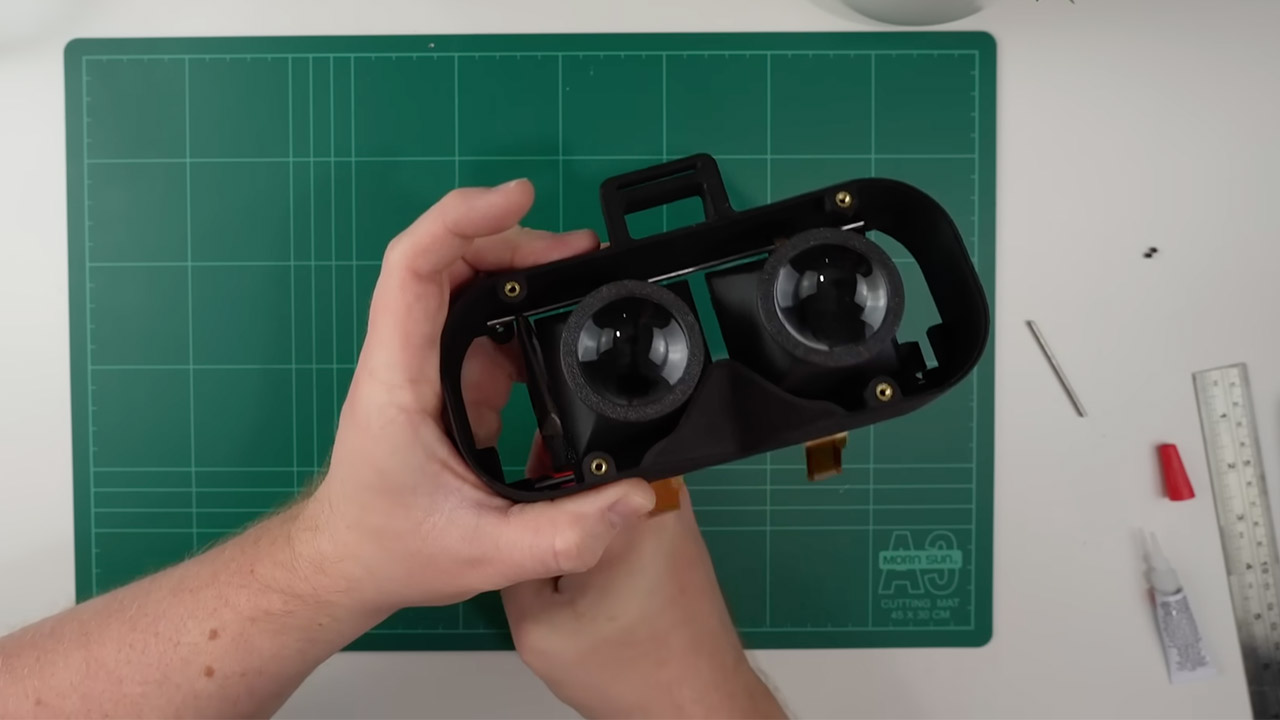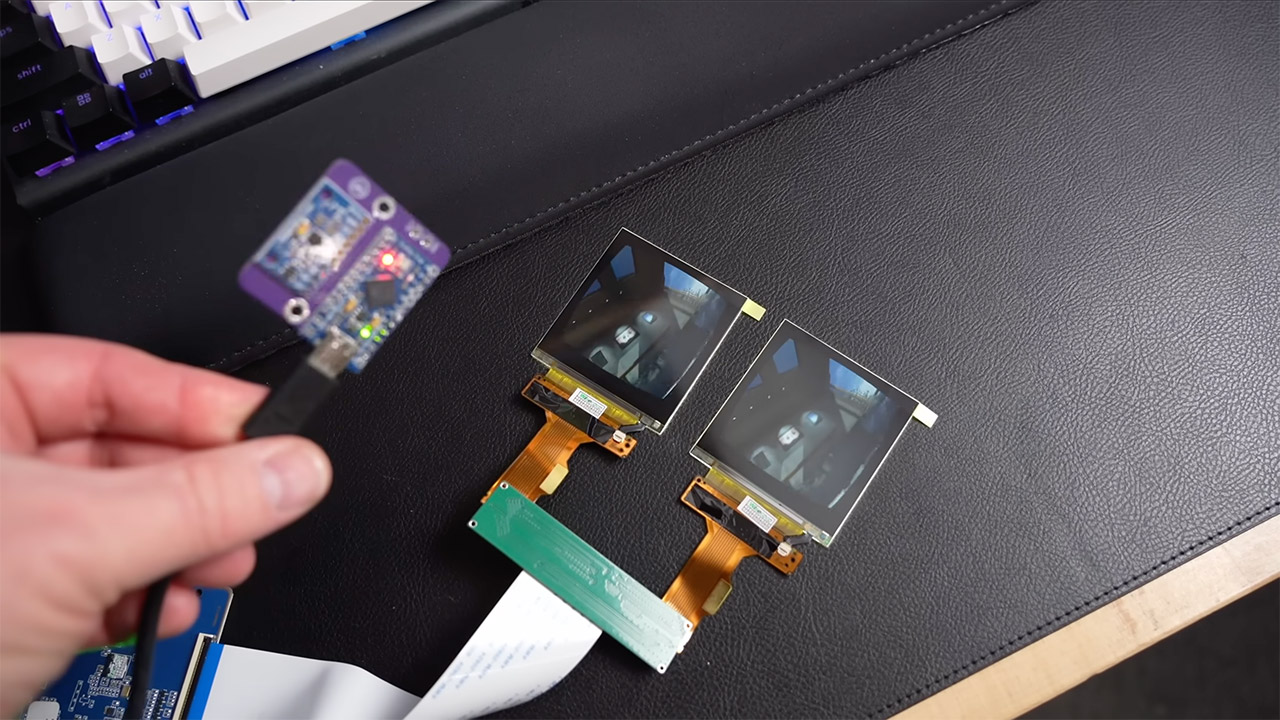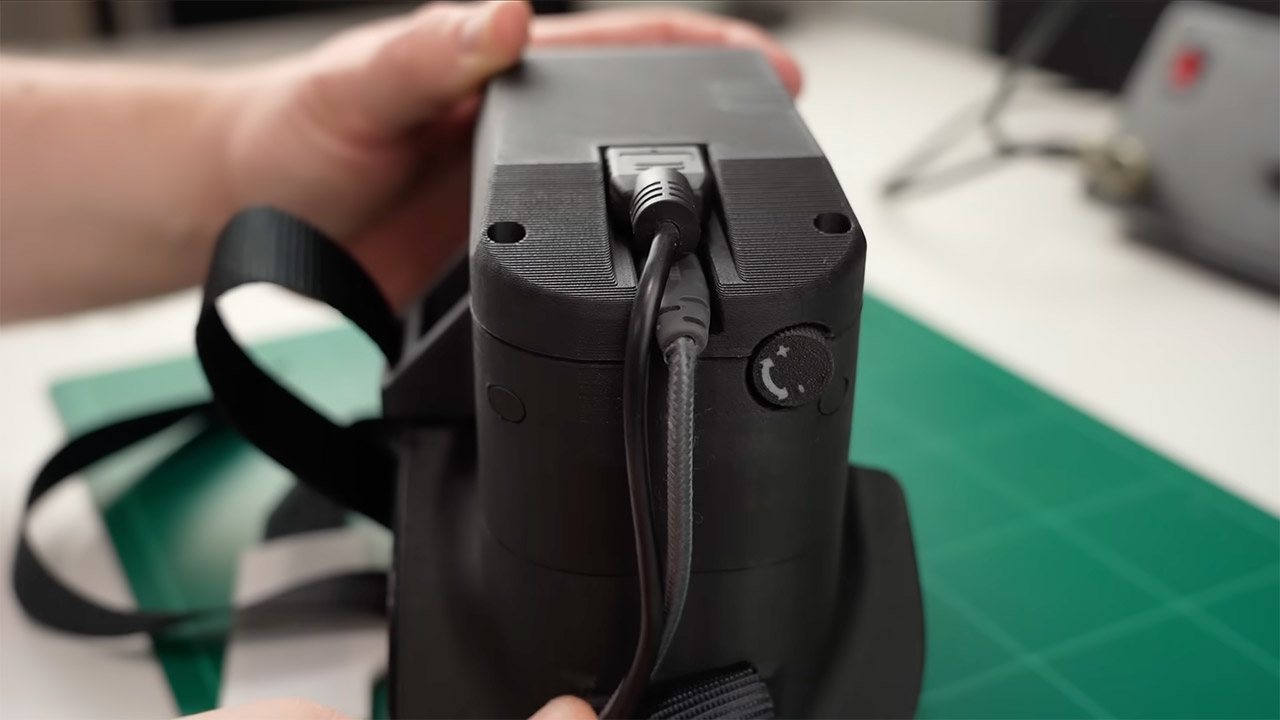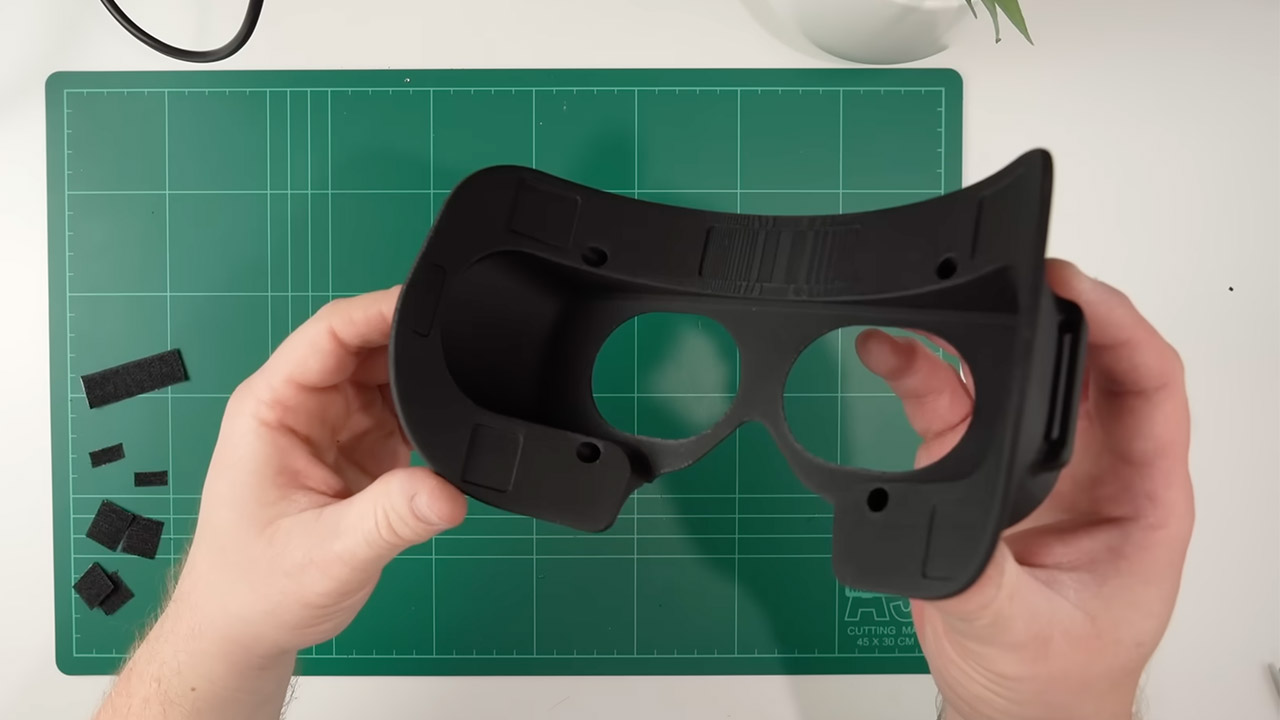Daniel, aka CNCDan, wasn’t seeking to revolutionize digital actuality. He simply needed a extra immersive sim racing expertise with out breaking the financial institution. His resolution? A completely 3D printed VR headset constructed with AliExpress components, open supply software program and an countless want to mod.
He began with a easy objective: make sim racing extra practical. Business VR headsets, even the entry degree ones, have been too costly and had too many options like hand monitoring he didn’t want. As a substitute of settling he determined to make use of his 3D printer and drawback fixing expertise to create a headgear tailor-made to his wants. The result’s a tool with 2880×1440 decision, adjustable interpupillary distance (IPD) and in-built head monitoring, all for a tenth of the worth of the mainstream choices. It’s not good however it exhibits what’s potential when ingenuity meets dedication.

Meta Quest 3S 128GB — Dive into Blended Actuality — Unreal machine. Unreal value. — Gorilla Tag…
- Rework your actuality with Meta Quest 3S 128GB. Now get the Amazon-exclusive Cardboard Hero Bundle, which incorporates the Handiwork Helmet, Handiwork…
- Flip any room into your personal private theater. Dim the house round you and watch on an enormous, vibrant display. Go all in with USB-C headphones, or plug…
- Have extra enjoyable with mates in Quest. Whether or not you’re entering into an immersive recreation with folks from all over the world, watching a reside live performance…
The headset has two 2.9 inch sq. displays. Daniel searched AliExpress for prime decision shows earlier than deciding on these. They’re a compromise between readability and measurement. Bigger 3.8 inch OLED panels would have elevated the minimal IPD to 68mm, excluding too many individuals as the common grownup IPD is round 63mm with a spread of 45-80mm. The two.9 inch screens are barely greater than 54mm large and have a minimal IPD of 54mm so they’re appropriate for a wider vary of individuals. Daniel selected the cheaper 90Hz model over the dearer 120Hz one and solely later came upon that full decision solely runs at 60Hz which may be uneven in VR. However the shows are sharp sufficient for sim racing and show that low value parts can outperform expectations.

Lenses have been the following problem, so he used his data of FPV drone headsets. Daniel thought of Fresnel lenses which are sometimes bought in workplace provide shops as magnifying sheets. Testing with a cellphone display confirmed a focal distance of round 60mm which is simply too massive for a slim design. A final minute discover on AliExpress modified every part: lenses for Google Cardboard with a 45mm focal distance that offered a extra compact possibility. These lenses match into 3D printed “eye containers” made from matte black PLA to cut back reflections and supply a transparent view of the shows. They’re held in place by a twist-on retaining cap, which eliminates the necessity for glue, and makes changing them straightforward in the event that they get scratched.

Head monitoring is important for sim racing and Daniel used a GY-9250 IMU sensor with an Arduino Professional Micro. He closely relied on Relativty’s open-source SteamVR head monitoring driver, a challenge so good it’s onerous to imagine a 15 12 months previous began it. The software program handles roll, pitch and tilt – every part you want for immersive driving – with out the complexity of positional monitoring. To maintain issues tidy Daniel designed a customized PCB however it’s elective if you happen to’re comfy soldering on to the Arduino. The setup requires a fast calibration through Arduino Studio to stop drift however as soon as dialed in it tracks head actions easily and integrates seamlessly with SteamVR.

The headset’s physique is a symphony of 3D printed parts, every exactly deliberate for performance. The attention containers that maintain the screens and lenses slide alongside 145mm chrome steel rods for IPD adjustment, that are secured with M3 screws and thumb knobs for ease of utilization. The principle physique piece is printed nose-side as much as get rid of help considerations and is held collectively by M3 threaded inserts. The HDMI driver and head tracker are housed within the entrance cowl, which has a show splitter board taped in place. Daniel’s consideration to element extends to the tiny issues, reminiscent of routing energy by the Arduino to save lots of additional cords and utilizing a folding FFC cable to maintain the inside clear.

Daniel used an HTC Vive face pad that was cheap and readily accessible, with self-adhesive Velcro for easy substitute. The pinnacle strap is constructed of 25mm strapping and 3D printed PLA buckles, and it’s surprisingly sturdy. The rear plate is printed in versatile TPE and fixes the strap with none inside helps; merely pause the print and insert the fabric. The tip result’s a headset that’s comfy for prolonged racing classes, however Daniel acknowledges that the face plate might not match each face form.
What makes this challenge so accessible? Daniel has uploaded all of his recordsdata to GitHub, together with 3D fashions and software program directions. So, if in case you have a 3D printer and sufficient persistence, you may make your personal.
[Source]
Elevate your perspective with NextTech Information, the place innovation meets perception.
Uncover the most recent breakthroughs, get unique updates, and join with a worldwide community of future-focused thinkers.
Unlock tomorrow’s tendencies at present: learn extra, subscribe to our publication, and change into a part of the NextTech group at NextTech-news.com

